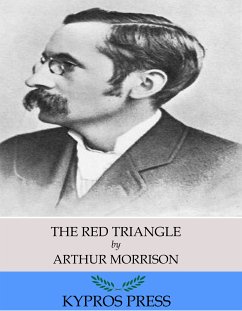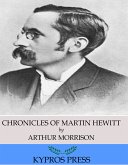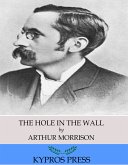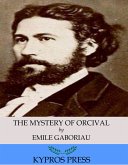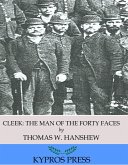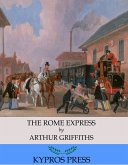Arthur Morrison was a British writer best known for novels about London's East End, as well as detective fiction works that featured the character Martin Hewitt.
This work includes the following stories:
THE AFFAIR OF SAMUEL'S DIAMONDS
THE CASE OF MR. JACOB MASON
THE CASE OF THE LEVER KEY
THE CASE OF THE BURNT BARN
THE CASE OF THE ADMIRALTY CODE
THE ADVENTURE OF CHANNEL MARSH
Dieser Download kann aus rechtlichen Gründen nur mit Rechnungsadresse in D, F, I ausgeliefert werden.

